PPT-F irst, Consider the Possible Remnants:
Author : marina-yarberry | Published Date : 2017-06-17
N eutron Stars Foreseen Supernova End Products When a supernova goes off we can speculate that The star might blow itself to smithereens scattering all its
Presentation Embed Code
Download Presentation
Download Presentation The PPT/PDF document "F irst, Consider the Possible Remnants:" is the property of its rightful owner. Permission is granted to download and print the materials on this website for personal, non-commercial use only, and to display it on your personal computer provided you do not modify the materials and that you retain all copyright notices contained in the materials. By downloading content from our website, you accept the terms of this agreement.
F irst, Consider the Possible Remnants:: Transcript
Download Rules Of Document
"F irst, Consider the Possible Remnants:"The content belongs to its owner. You may download and print it for personal use, without modification, and keep all copyright notices. By downloading, you agree to these terms.
Related Documents


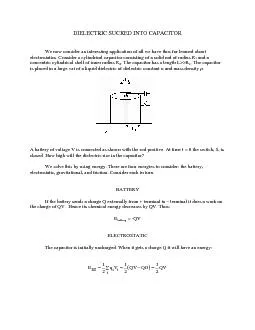
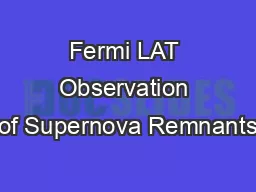

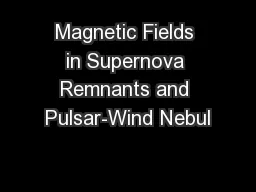
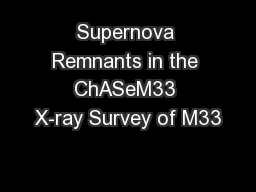
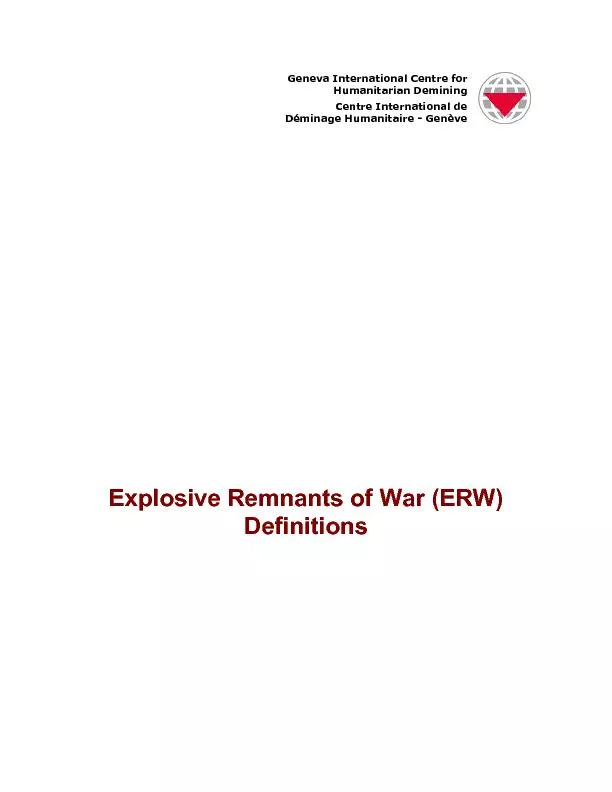






![[READ]-Aftermath: The Remnants of War: From Landmines to Chemical Warfare--The Devastating](https://thumbs.docslides.com/957786/read-aftermath-the-remnants-of-war-from-landmines-to-chemical-warfare-the-devastating-effects-of-modern-combat.jpg)